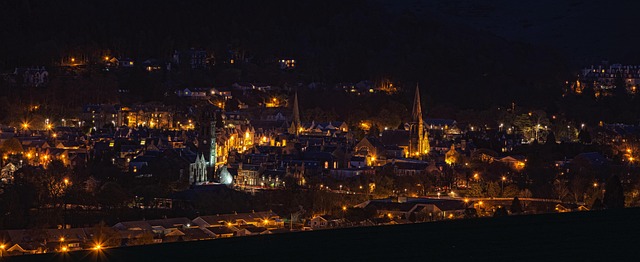When it comes to the art of photography, one of the most vital concepts that can elevate your images from mundane to breathtaking is dynamic range. This term, often tossed around in discussions about camera specifications, encapsulates the difference between the darkest shadows and the brightest highlights in a photograph. For those passionate about photography, understanding and effectively utilizing dynamic range can become a cornerstone of stunning composition.
Imagine standing at the edge of a breathtaking landscape, with the golden hue of a setting sun casting warm tones across the field while shadows stretch out long and deep. The ability to capture this scene accurately necessitates a keen understanding of your camera’s dynamics. Optics play a crucial role here; they determine how well your camera can handle varying light levels. A camera with a high dynamic range allows you to preserve detail in both the highlights and the shadows—ensuring that your photographs remain true to the scene you experienced.
As you delve into your photography journey, you’ll notice that different scenes require varying approaches to composition. Consider that intense contrast often appears in dramatic lighting conditions, such as sunset or sunrise. Here, the skillful manipulation of dynamic range is essential. Using photographic techniques like bracketing or exposure blending can help you achieve an impressive depth of field, allowing your images to echo the feeling of the moment you captured.
Moreover, editing software can significantly enhance dynamic range post-capture. Programs like Adobe Lightroom or Photoshop offer a range of tools that help highlight shadow details or bring out highlight information, making your final image more evocative and true to life.
However, it is imperative to remember that while technology advances, the artist’s eye remains irreplaceable. Each photograph tells a story, and your dynamic range should mirror the mood of that story. A subtle, dreamy effect might call for softer contrasts, while a vibrant street scene may benefit from more pronounced ranges.
As we explore various compositions—be it portraits, landscapes, or candid street photography—the overarching theme of dynamic range binds them all together. It is this nuanced understanding that cultivates not only technical skills but also emotional intelligence in your work. You become attuned to the atmosphere, delivering an image that resonates with viewers on multiple levels. Thus, greater emotional engagement arises when a photograph skillfully balances light and shadow, a visual harmony that showcases the beauty of your artistic vision.
In the ever-evolving world of photography, staying aware of dynamic range can set you apart from your peers. So the next time you lift your camera, remember that each shot is an opportunity to capture the essence of your surroundings. Embrace the contrasts, the light, and the shadow; after all, that is where the magic of dynamic range truly lies.



